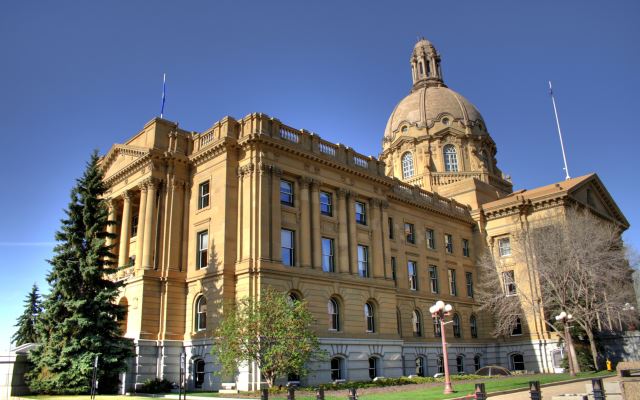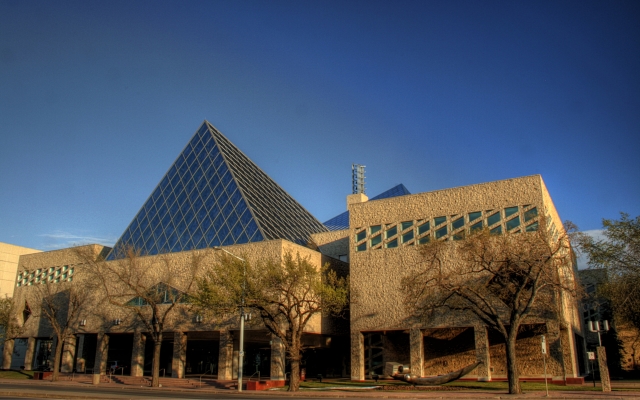Government and Politics
Federal Government
Canada's federal government is responsible for foreign affairs, national defence, income and other taxation, and many other obligations. The Parliament of Canada is the federal legislative branch of the Government of Canada; it is a bicameral body with the Senate and the House of Commons. Elections for the 338 seats in the House of Commons occur every four years. The winning party has the most (not necessarily the majority) seats being declared the government, lead by the prime minister.
Currently, the Government of Canada is lead by Prime Minister Justin Trudeau, with the Liberal Party holding the minority of seats in the House of Commons.
Canadian Public Affairs Channel, or CPAC, allows you to watch proceedings in the Canadian House of Commons online for free. Watch the federal government inaction.
Provincial Government
Provinces and territories are responsible for providing healthcare, education, the maintenance of parks, lands and roadways outside of cities, and managing certain natural resources. A legislative assembly governs each province and territory in Canada (which may have a different name depending on the province or territory), which are generally elected every four years; the party winning the most seats in the assembly is declared the government led by the premier.
Municipal Government
Municipal or local governments are responsible for most services you will use in a city - such as public transit, roadway maintenance, policing, and the maintenance of parks and other public property. A city council and mayor govern cities in Canada. A new mayor and city council are elected every four years in Edmonton.
Elections in Canada
All elections in Canada are held under the first-past-the-post system. On an election day, every Canadian citizen over 18 years old is allowed to vote, once, for a candidate of their choosing, in their local electoral district (an area containing a number of voters). The candidate with the most votes (not necessarily a majority of votes) is declared the winner. Canadian elections, at all levels, are renowned for their transparency and process; Canada is a democratic model for much of the world.


